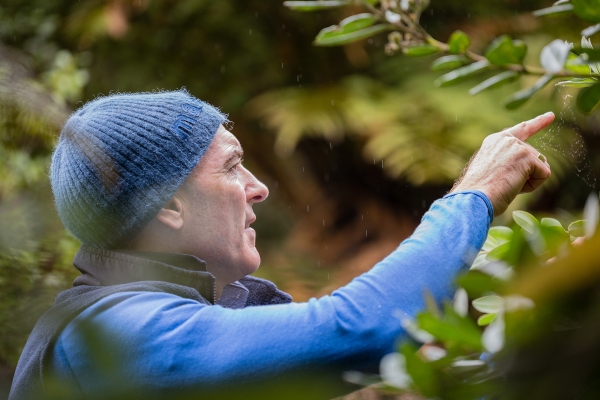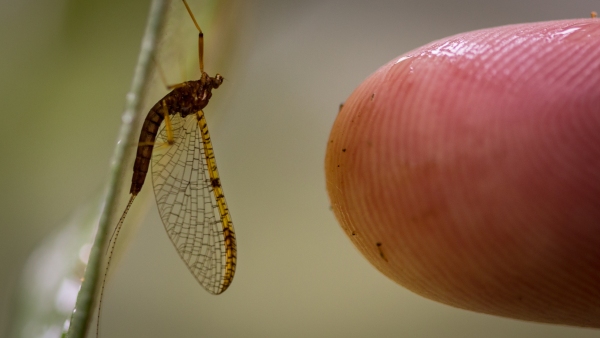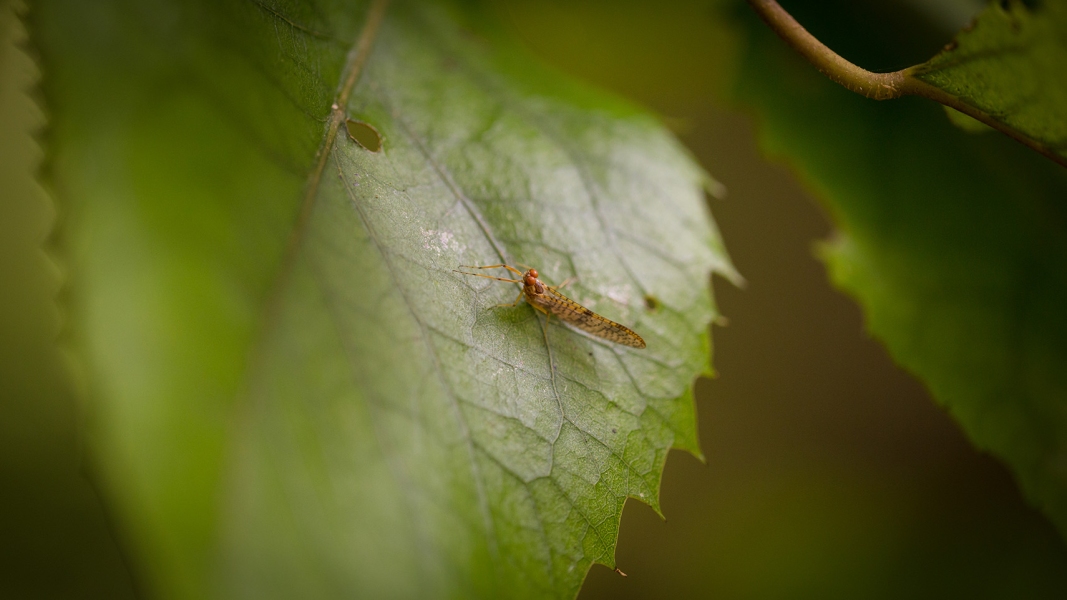Farmers coming to Fieldays next week are being asked to share their experiences of restoring streams when they visit the NIWA stand.
NIWA scientists want to hear from farmers who have fenced and planted stream banks to create riparian buffers in a bid to learn more about their hard work.
Freshwater biologist Brian Smith says it is well known that some riparian restoration projects lead to faster ecological recovery while others can take much longer.
“New Zealanders are investing large amounts of time and money in restoring degraded streams. We want to be able to provide better guidance to people undertaking stream restoration and for this we need to know about as many riparian projects as possible.”
Farmers will be asked to record their projects at the NIWA stand in the main pavilion in a five-minute survey. The information will be included in a new National Riparian Restoration Database.
From there, NIWA will select some of the projects and train, equip and support volunteers to monitor their streams.
These citizen scientists will measure stream life, water quality and the physical habitat, as well as some characteristics of the planted riparian area. That data will be updated to NIWA’s website where it can be compared to other projects. Citizen scientists would need to commit about 2-3 hours per month for a period of 12-18 months.
The NIWA stand at Fieldays will feature a large tank with stream insects and freshwater mussels, which will mimic as closely as possible what a good stream looks like.
“People aren’t really aware of what’s in their streams, so if we can show them the neat freshwater insects and invertebrates that also live there, it’s something they can see in action and get excited about,” Mr Smith says.
There was a tendency to focus on habitats in the streams when restoring waterways, but he is keen to raise awareness about the flow-on effects of planting trees alongside streams.
“These trees will shade the stream and cool the water temperature but they also provide habitats for all these other animals that are dependent on insects coming out of the water as a food source.”
“We also know from our research that it’s important to have rocks that stick out of the water. The adult stage of most aquatic insects are terrestrial and many species need to land on these rocks, using them as an access point into the water where they lay their eggs.”
“It’s all about making people aware of these features. I want to pass on the excitement of picking up a rock in a stream and realising that it’s not just a rock, it serves a purpose.”
Mr Smith is a caddisfly expert who goes by the Twitter handle of @thecaddisflyguy. “Adult caddisflies can be a bit dull and drab and not particularly active during the day but all of the 250-plus species are native to New Zealand.”
Caddisflies play a large role in determining stream health and there is ongoing research into what it takes to ensure not only adult caddisflies but other aquatic insects, such as mayflies and stoneflies, are also catered for in stream restoration projects, particularly egg-laying females.
“If they’re not, the restoration of the stream’s biodiversity may take longer than we would like it. You need diversity, a healthy stream has a high diversity of aquatic organisms – it’s not just about restoring a stream but an ecosystem.”
NIWA is also the official weather forecaster for Fieldays, and will have its team of forecasters at its stand. Farmers are warmly invited to come and talk to them about NIWA’s suite of high resolution forecasting tools to help inform decision making.
To record your riparian strip or volunteer for stream monitoring see www.riparian.niwa.co.nz




